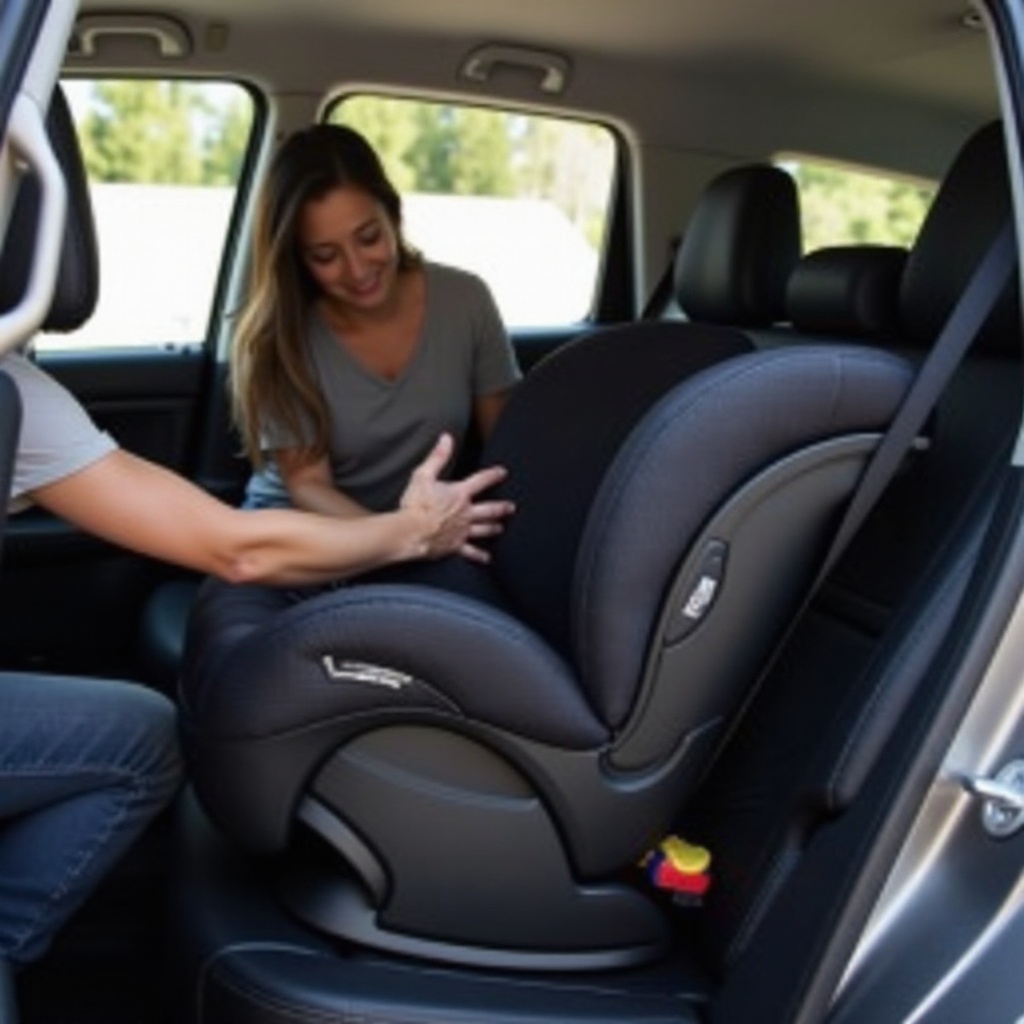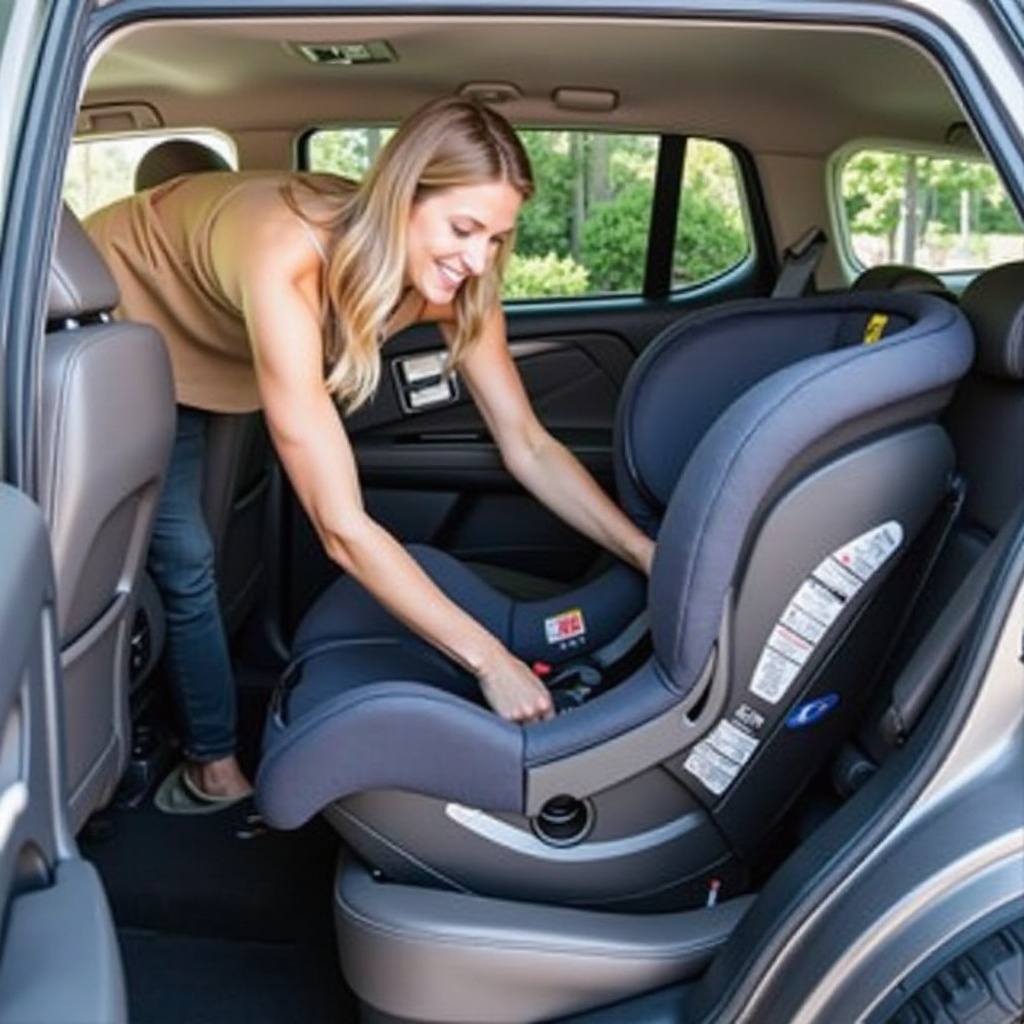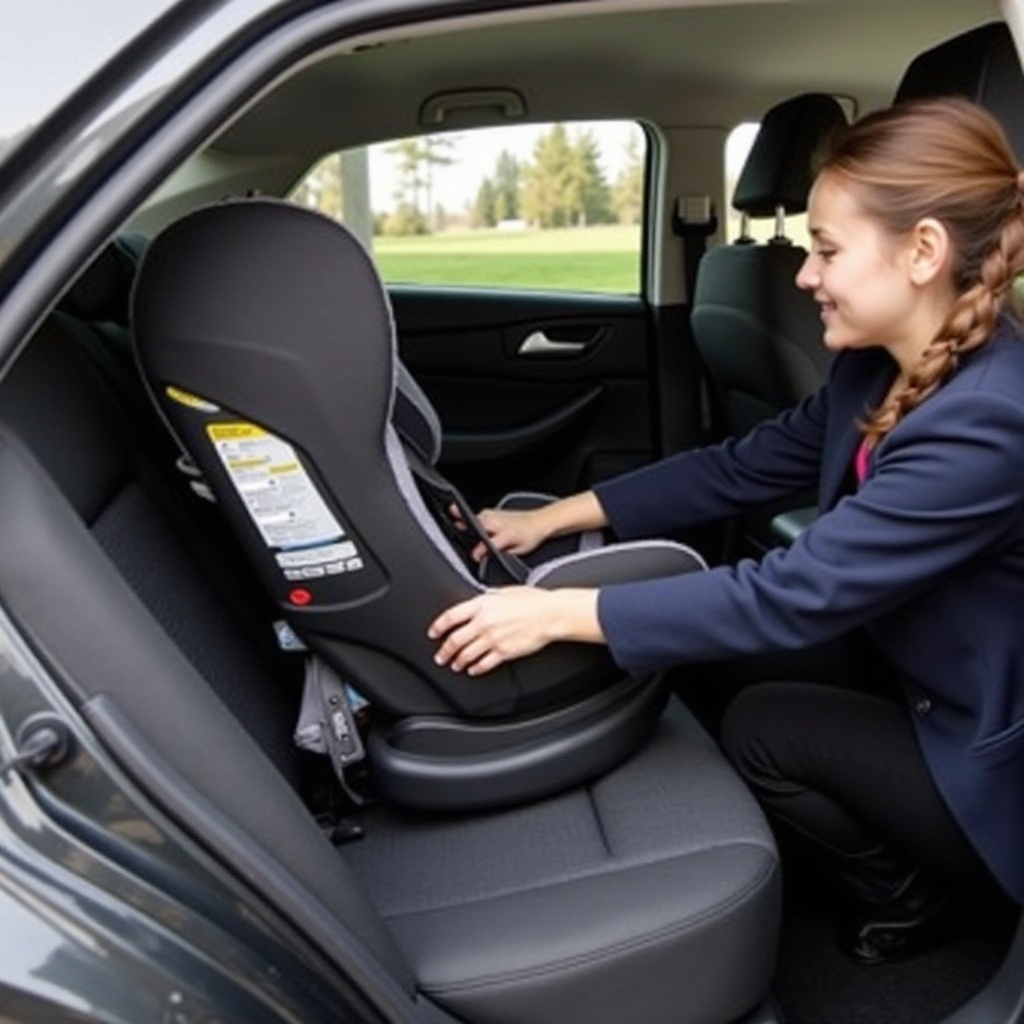Introduction
Installing a car seat without a base may seem challenging at first, but with the right steps, it can be done safely and securely. A car seat base typically makes the installation process easier and helps ensure that the seat is attached correctly. However, there are situations—whether it be travel or a temporary vehicle—that necessitate installing a car seat without its base. In this guide, we will walk you through each step of the process to help you install a car seat without a base correctly. With safety being paramount, read on to master this essential skill for parents and caregivers alike.

Understanding the Basics
Before diving into the installation, it’s crucial to understand the basics of car seat installation. Car seats come with instructional manuals that should always be your first point of reference. These manuals will include details specific to your car seat model and highlight important safety features. The fundamental requirement when installing a car seat without a base is to use the car’s seat belts. This method can be equally secure if performed correctly.
You’ll also want to ensure that your vehicle’s seat belts are compatible with car seat installation. Some older cars may require additional locking clips, whereas newer models usually have built-in locking mechanisms. Understanding these essentials will streamline the installation process and bolster your confidence.
Preparing for Installation
Preparation is key to a successful installation. Start by reading both your car seat manual and vehicle manual. They contain invaluable information, such as the best placement for the car seat and seat belt path.
Next, gather your materials. Make sure you have the car seat, car seat manual, and potentially a locking clip handy. It’s also advisable to clean the seat area and remove any loose objects that could interfere with the installation.
Before you start, make sure to choose an optimal location for the car seat. The safest place generally is the back seat, ideally in the middle, as it is farthest from potential impact zones during a collision. Once you identify the correct spot, you’re ready to move on to the installation.

Step-by-Step Installation Guide
Positioning the Car Seat Correctly
Place the car seat on the back seat of your car. Make sure it is in a rear-facing position if it’s for an infant, as rear-facing positioning provides better support for the child’s head, neck, and spine in the event of a crash. Strive to keep the car seat at an appropriate recline angle to ensure that your child’s airway remains open.
Threading the Seat Belt
Now, locate the seat belt path on your car seat. Lift up the fabric and padding to find the appropriate openings where the seat belt should thread through. Carefully pull the seat belt out, ensuring you have enough slack to work with. Proceed to thread the seat belt through the designated path, keeping it flat and untwisted.
Securing the Seat Belt
After threading, buckle the seat belt. At this point, buckle it into the car’s seat belt latch. To secure the car seat, you will either need to lock the seat belt by pulling it all the way out (in the case of a retractable seat belt mechanism) or use a locking clip if necessary. Check your car seat and vehicle manuals to confirm which method is required.
Final Adjustments and Checks
Once the seat belt is locked, place your weight into the car seat and tighten the belt. Ensure there is no more than an inch of movement side-to-side or front-to-back when you check at the belt path. Make any final adjustments to the recline angle and confirm that all components are securely fastened.

Safety Tips and Recommendations
Ensuring a safe car seat installation requires vigilance and adherence to safety protocols.
Common Mistakes to Avoid
Avoid using expired or compromised car seats, as these may not offer adequate protection. Ensure that the seat belt is never twisted and always follows the designated path. Never rush through the installation process; thoroughness is vital for safety.
Expert Tips for Ensuring Safety
For added security, consider having your installation checked by a certified Child Passenger Safety Technician (CPST). They can offer valuable insights and corrections. Always keep the car seat harness snug on your child; you shouldn’t be able to pinch any fabric at the shoulder.
Maintenance and Regular Checks
Regularly inspect both the car seat and seat belts for signs of wear and tear. Periodically check that the installation remains secure, particularly after car trips where the seat might have shifted. Keeping your car seat clean and ensuring all components are functioning as intended can provide peace of mind and enduring protection.
Conclusion
Successfully installing a car seat without a base may require practice but it is manageable with patience and attention to detail. By following the steps and tips outlined in this guide, you can confidently ensure that your child is safely secured in your vehicle. Remember, the effort you put into proper installation today could make all the difference in ensuring your child’s safety.
Frequently Asked Questions
What should I do if I can’t get the car seat tight enough?
If you’re unable to secure the car seat tightly enough, seek assistance from a certified Child Passenger Safety Technician (CPST). They can provide expert guidance and check the installation.
How often should I check the installation of the car seat?
You should check the installation of your car seat periodically, ideally before each trip, to ensure that it remains securely fastened and has not shifted from its original position.
Is it safe to use a car seat without a base for everyday use?
Yes, installing a car seat without a base can be safe for everyday use if done correctly and securely. Always follow the car seat and vehicle manuals’ guidelines. For added safety, consider periodic checks by a CPST.
